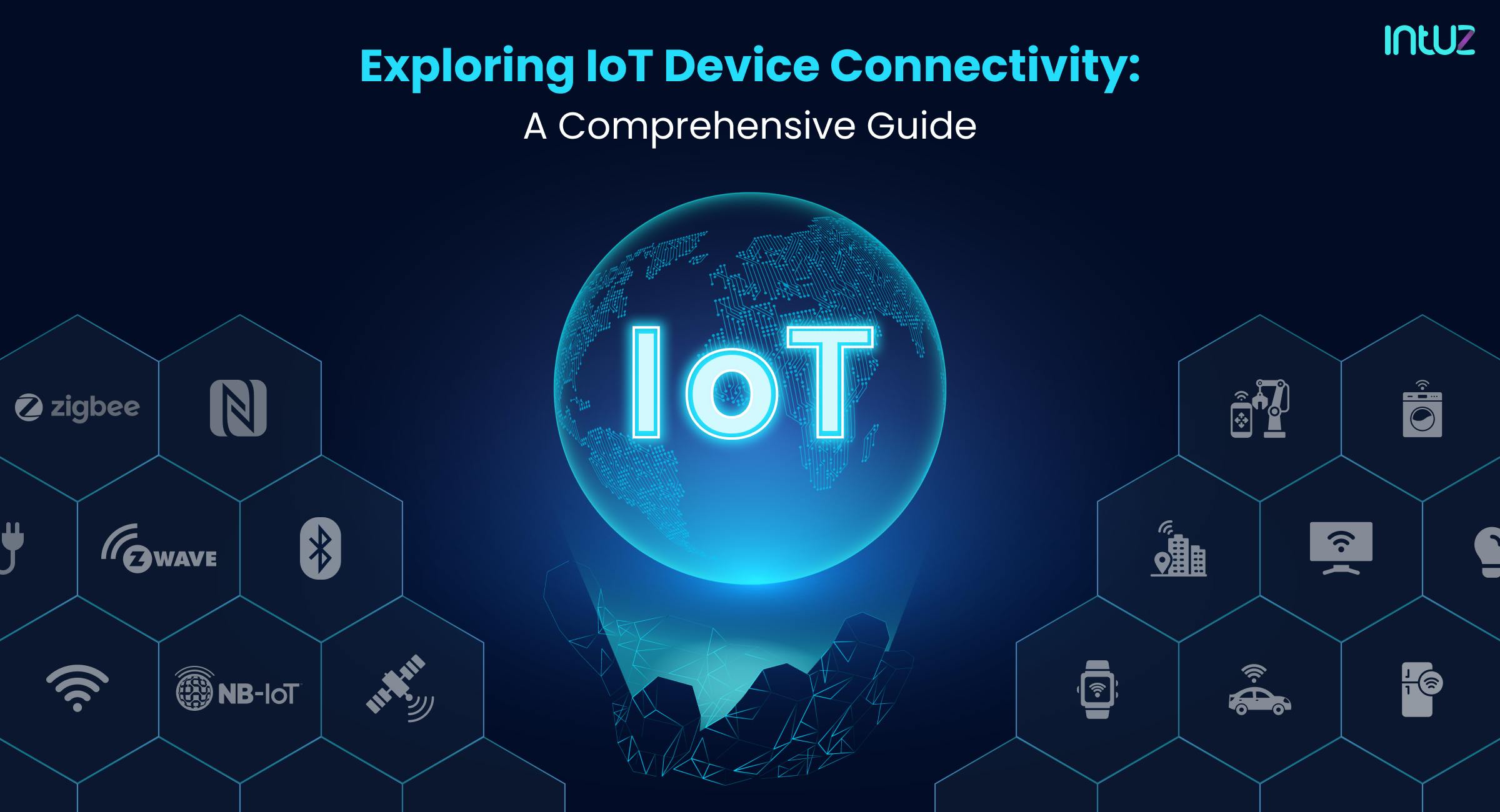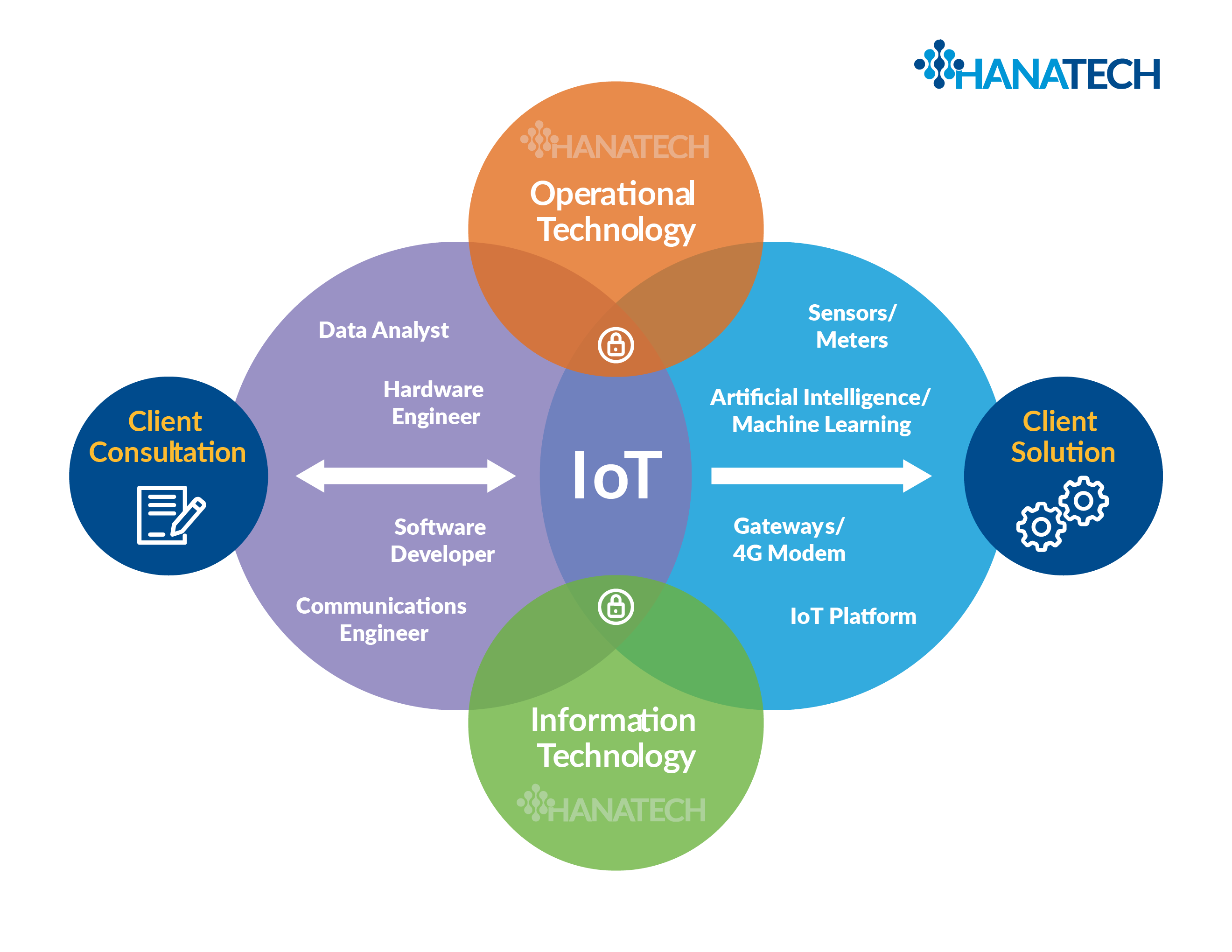Ever wondered how to remotely connect IoT devices? Well, buckle up because we're diving deep into the world of smart tech, connectivity, and seamless integration. IoT—or the Internet of Things—is no longer just a buzzword; it's a game-changer for businesses, homes, and industries alike. Whether you're a tech enthusiast or just someone looking to level up their smart home setup, understanding how to remotely connect IoT devices is essential.
Imagine this: you're on vacation in Bali, sipping coconut water under the sun, and suddenly you remember you left the garage door open. With IoT and remote connectivity, you can close it with just a tap on your phone. Sounds futuristic, right? But it's here, and it's here to stay. In this article, we'll explore everything you need to know about connecting IoT devices remotely.
From setting up secure connections to troubleshooting common issues, we've got you covered. So, grab a cup of coffee, settle into your favorite chair, and let's unravel the mysteries of remote IoT connectivity.
- Rosario Dawson Boyfriend 2025 The Inside Scoop On Her Love Life
- Vegamoviesms The Ultimate Streaming Platform For Movie Lovers
What is IoT and Why Should You Care?
IoT, or the Internet of Things, refers to the network of physical objects embedded with sensors, software, and connectivity that allows them to exchange data with other devices and systems over the internet. Think smart thermostats, fitness trackers, or even self-driving cars. These devices aren't just cool gadgets; they're transforming the way we live and work.
Here's why you should care:
- Efficiency: IoT devices automate tasks, saving you time and energy.
- Convenience: Control your world from anywhere with just a smartphone.
- Sustainability: Smart devices help reduce energy consumption and promote eco-friendly practices.
In a world where technology is evolving faster than ever, IoT is leading the charge. And if you want to stay ahead of the curve, learning how to remotely connect IoT devices is a must.
- Aditi Mistry Video Call The Inside Scoop Yoursquove Been Waiting For
- Aditi Mistry Video Hd A Deep Dive Into Her Journey Controversies And Success
Why Remotely Connect IoT Devices?
Remote connectivity is the backbone of IoT. It allows you to monitor, manage, and control your devices from anywhere in the world. Whether you're a homeowner, a business owner, or a tech-savvy individual, the benefits are undeniable.
Here are some reasons why remotely connecting IoT devices is a game-changer:
- Accessibility: Access your devices anytime, anywhere, as long as you have an internet connection.
- Security: Keep an eye on your home or office even when you're not physically present.
- Scalability: Easily add more devices to your network without compromising performance.
But it's not all sunshine and rainbows. There are challenges to consider, such as cybersecurity risks and compatibility issues. We'll tackle those later, but for now, let's focus on the possibilities.
Step-by-Step Guide to Remotely Connect IoT
Now that you know why remote connectivity is important, let's dive into the nitty-gritty of how to do it. Follow these steps to set up your IoT devices for remote access:
Step 1: Choose the Right IoT Platform
Not all IoT platforms are created equal. Some are better suited for home use, while others are designed for industrial applications. Popular platforms include:
- Amazon Web Services (AWS) IoT: Ideal for large-scale deployments with robust security features.
- Microsoft Azure IoT: Perfect for businesses that need seamless integration with other Microsoft services.
- Google Cloud IoT: Great for data analytics and machine learning applications.
Choose a platform that aligns with your needs and budget. Remember, the right platform can make or break your IoT experience.
Step 2: Set Up Your Devices
Once you've selected your platform, it's time to set up your devices. This usually involves:
- Connecting your devices to the internet.
- Installing necessary software or firmware updates.
- Configuring settings to ensure compatibility with your chosen platform.
Don't skip this step! Proper setup is crucial for ensuring your devices function correctly.
Understanding IoT Protocols
IoT protocols are the unsung heroes of remote connectivity. They define how devices communicate with each other and with the cloud. Here are some of the most common IoT protocols:
MQTT (Message Queuing Telemetry Transport)
MQTT is a lightweight protocol ideal for low-bandwidth environments. It's widely used in IoT applications due to its simplicity and efficiency.
CoAP (Constrained Application Protocol)
CoAP is designed for resource-constrained devices and networks. It's perfect for scenarios where power consumption is a concern.
HTTP/HTTPS
While not as efficient as MQTT or CoAP, HTTP/HTTPS is a reliable choice for web-based IoT applications. It's secure and widely supported, making it a popular option for many developers.
Choosing the right protocol depends on your specific use case. Do your research and select the one that best fits your needs.
Security Concerns in IoT Connectivity
Security is a top priority when it comes to IoT. With so many devices connected to the internet, the risk of cyberattacks is higher than ever. Here are some security best practices to keep in mind:
- Use Strong Passwords: Avoid using default passwords and opt for complex, unique ones instead.
- Enable Encryption: Ensure all data transmitted between devices is encrypted to prevent unauthorized access.
- Regularly Update Firmware: Keep your devices up to date with the latest security patches and updates.
By following these guidelines, you can significantly reduce the risk of security breaches and protect your IoT ecosystem.
Troubleshooting Common Issues
Even with the best setup, things can go wrong. Here are some common issues you might encounter when remotely connecting IoT devices and how to fix them:
Issue 1: Connectivity Problems
If your devices aren't connecting to the internet, check the following:
- Ensure your router is functioning properly.
- Verify that your devices are within range of the Wi-Fi network.
- Restart your router and devices if necessary.
Issue 2: Device Compatibility
Not all devices are compatible with every platform. If you're experiencing compatibility issues, try:
- Checking the manufacturer's specifications for supported platforms.
- Using a universal gateway or hub to bridge the gap between incompatible devices.
Remember, troubleshooting is part of the process. Don't get discouraged if things don't work perfectly the first time.
Future Trends in IoT Connectivity
The world of IoT is constantly evolving. Here are some trends to watch out for in the coming years:
5G Networks
With the rollout of 5G, IoT devices will enjoy faster speeds and lower latency. This will open up new possibilities for applications like autonomous vehicles and smart cities.
Edge Computing
Edge computing brings processing power closer to the source of data, reducing the need for constant cloud connectivity. This can improve performance and reliability, especially in remote areas.
As these trends unfold, the landscape of IoT connectivity will continue to shift. Stay informed and adapt to stay ahead of the curve.
Real-World Applications of IoT Connectivity
IoT isn't just theoretical; it's already transforming industries across the board. Here are some real-world examples:
Smart Homes
From smart thermostats to voice-activated assistants, IoT is making homes more comfortable and energy-efficient. Imagine controlling your lights, temperature, and security system with just your voice.
Healthcare
IoT devices are revolutionizing healthcare by enabling remote patient monitoring and real-time data analysis. This can lead to better outcomes and more personalized care.
These applications are just the tip of the iceberg. As IoT technology continues to advance, the possibilities are endless.
Conclusion: Take Action Today
We've covered a lot of ground in this article, from understanding IoT to setting up remote connectivity and exploring future trends. By now, you should have a solid foundation for remotely connecting IoT devices.
So, what's next? Here's what you can do:
- Start experimenting with IoT devices and platforms.
- Stay informed about the latest trends and developments in the IoT space.
- Share your experiences and insights with others in the community.
And don't forget to leave a comment below or share this article with your friends. Together, we can build a smarter, more connected world. Cheers to the future of IoT!
- Exploring The World Of Maza49buzz Your Ultimate Guide
- Daniellexxvv Leaks The Untold Story Facts And Insights You Need To Know


